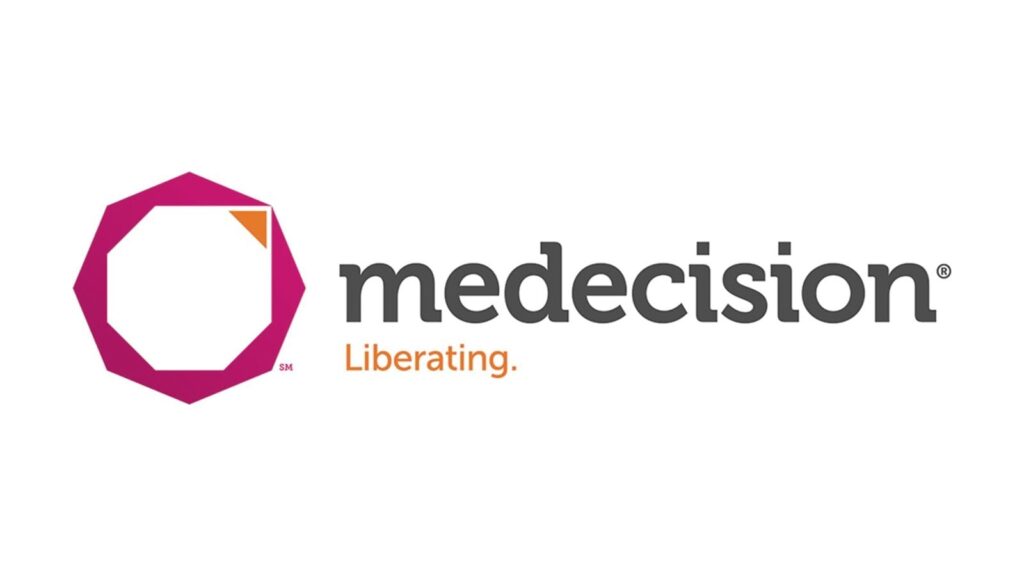
When a patient goes outside the network for care, it can have negative consequences for both cost and care. Reducing network leakage should be a top priority.
By Medecision
Network leakage, also known as patient leakage, occurs when a patient seeks or obtains healthcare services outside your health payer’s network. When a patient goes outside the network for care, that can result in negative consequences for both cost and care.
The providers that are included within the payer’s network have contracted with the insurance company to provide care for discounted rates. When patients see in-network providers, the care is always billed at those pre-negotiated rates. However, if a patient visits an out-of-network provider, that visit may not be covered by the insurance company, driving up costs for the patient—and likely driving down patient satisfaction.
In addition, visiting out-of-network providers means that patients may lose continuity of care, and the insurance company may lose visibility into the patient’s healthcare journey. As a result, the patient’s health outcomes may suffer.
Is Network Leakage Inevitable?
Sometimes patient leakage is unavoidable, such as when a patient requires specific care or treatment that is unavailable within their network. But in most cases, there are options available to provide patients with the care they need while remaining in network.
When possible, keeping patients within their network of providers can prevent missed revenue and reimbursement opportunities. It also allows for providers and networks to deliver coordinated, efficient care.
Network leakage may not be inevitable, but neither is preventing it. Most patients will need to see specialists or seek out new treatments beyond their general practitioners’ expertise at some point during their healthcare journeys, and health plan sponsors or payers must be proactive to guide them toward visiting in-network clinicians. Fortunately, there are a number of strategies that can help avoid or reduce network leakage.
Strategies for Reducing Network Leakage
- Offer transparency in all aspects of care. Health payers must commit to transparency across the care continuum, providing transparent information about pricing, quality and access. When patients have more information, they are better able to make informed healthcare decisions. For example, patients should be able to easily determine whether a particular specialist is in their provider network, and if not, how that will affect the price they will pay for care.
- Ensure patient engagement. Patients who are deeply engaged in their care plans and treatment will also be able to make better, more informed decisions about which providers to see. Proactive care management teams can play an important role in helping to keep patients informed and guide them through the process of soliciting referrals for in-network healthcare providers to maintain consistency of care and reduce costs.
- Give providers detailed information about in-network specialists. Healthcare providers are the most frequent source of referrals. They may not purposefully refer a patient to an out-of-network provider, but neither can they be expected to chase down information about in-network providers to determine the right one to refer.Instead of leaving the legwork to providers, a robust care coordination solution can give them access to detailed information about various in-network providers, such as general specialty, subspecialty, specific area of clinical focus, and availability to see a patient in a timely manner. Having that information at their fingertips will make it much easier for providers to make in-network referrals.
In addition, the right care coordination solution can accommodate preferred provider setup for referrals, with simple to complex provider rosters. With those preferred providers already set up in your system, the system can automatically make referrals to patients based on their diagnosis, procedure and lab information.
- Streamline the clinical referral process. If your providers are still using manual processes to request approvals for referrals made in the clinical setting, it’s time to automate those tedious, error-prone methods. Instead, health plans should directly engage with provider networks to share information related to referrals, and providers should be able to submit and get approvals in real time. In some cases, the referring provider can actually hand the approval letter to the patient before they leave the office.
- Automate approvals. For patients who want to select their own providers rather than use the ones your system might recommend, you can automate approvals so they can get quick, accurate answers. The right care coordination solution should allow you to define and set auto-routing and auto-approval rules. By optimizing workflows through automation, you can reduce approval wait times and patient frustration, and ensure that patients get the care they need when they need it.
- Monitor provider performance. Keep track of providers’ performance, and look for ways to bring high-performing out-of-network providers into your network. A robust care coordination solution should allow you to see which providers are delivering better care to your members, and at what costs. If there are out-of-network providers with strong track records, you may be able to keep members from going out of network by bringing those providers into your network.



About The Author: Medecision
Fully delivering on the promise of data — and making the business of healthcare simpler and more successful — Medecision offers a whole new world of possibilities. The company's flagship offering, Aerial™, stands as the market's most extensible clinical data platform. It offers complete contextual awareness of members and automates next best actions — simple campaigns, complex care management, utilization approvals, and more — for optimal health outcomes.
Aerial is not only quick to deploy, it is easy to manage. The platform's effectiveness in reducing both medical and administrative costs, coupled with its role in improving the member and patient experience, has made it the preferred choice for health plans and care delivery organizations. Presently, Aerial is instrumental in catering to over 10% of the U.S. population, marking a significant milestone in advancing healthcare efficiency and effectiveness.
More posts by Medecision